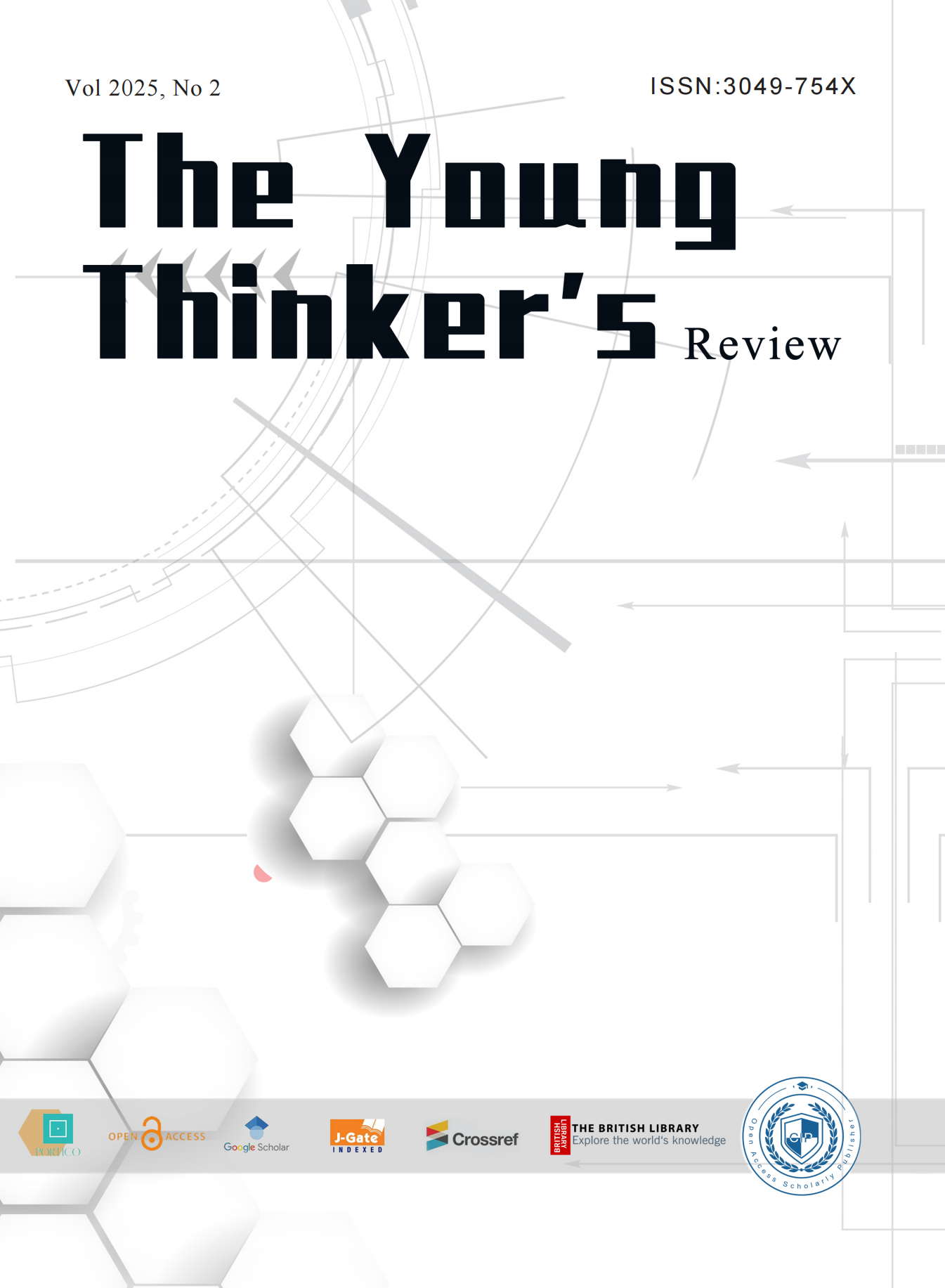Published 25-03-2025
Keywords
- Big Data Era,
- Adolescent Education,
- Impact, Strategies
Copyright (c) 2025 The Young Thinker's Review

This work is licensed under a Creative Commons Attribution-NonCommercial 4.0 International License.
How to Cite
Abstract
The era of big data has had an immeasurable impact on human life, influencing the perspectives and approaches to issues. From the perspective of adolescent education, the big data era has introduced new contradictions, challenges, and opportunities in terms of educational content, methods, decision-making, and assessment. In the big data era, it is necessary to transform the way adolescents receive education, keep up with new ideas and methods, emphasize classic theories and approaches; improve educational methods, focus on the cultivation of values; and make rational use of big data for educational decision-making and assessment.
References
- Tang Sisi, Yang Xiangmin, Shan Zhiguang, Dai Shucheng. Smart Education and Big Data [M]. Beijing: Science Press, 2015: 111, 115.
- JManyika, M Chui, B Brown, et al. Big data: The next frontier for innovation, competition, and productivity [J]. Analytics, 2011: 1-3.
- Ibid [1]
- Wang Shaoxia. Analysis of the timeliness of ideological and political education in colleges and universities in the era of big data [J]. School Party Building and Ideological Education, 2015(23): 23-26.
- Hu Bicheng, Wang Zu lin. "Big Data" and its impact, challenges, and trends in educational change — A review of the latest research progress in educational change in the era of big data [J]. Modern University Education, 2015(4): 98-104.
- Chen Hua. The impact and challenges of MOOCs on the learning methods of adolescents [J]. Teaching and Management, 2015(21): 27-30.
- Ibid [5]
- [UK] Mayer-Schönberger, Cook. Learning with Data: The Future of Learning and Education [M]. Translated by Zhao Zhongjian, Zhang Yanan. Shanghai: East China Normal University Press, 2014: 125.
- Hu Bicheng, Deng Jie. Educational change in the era of big data: challenges, trends, and risk avoidance [J]. Educational Science Research, 2015(6): 29-34.

